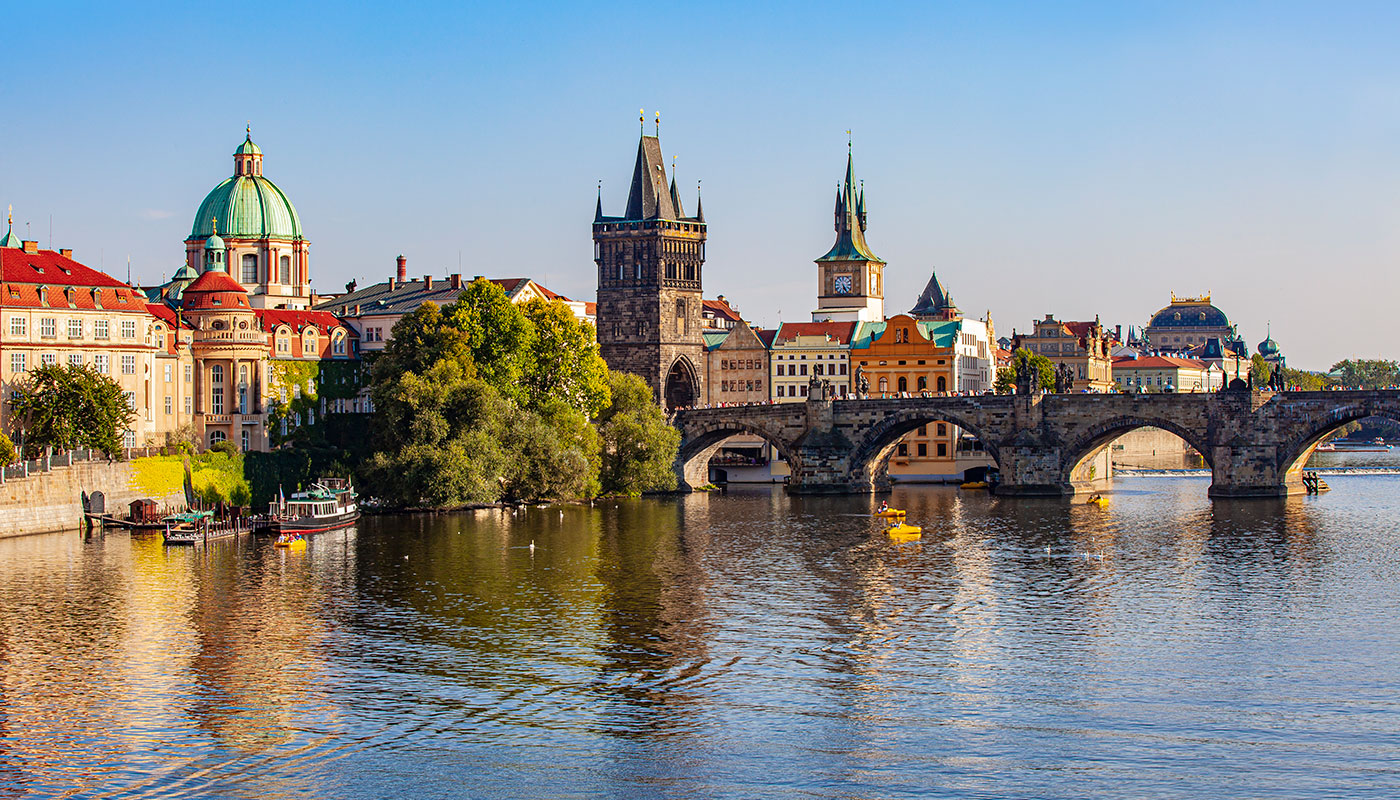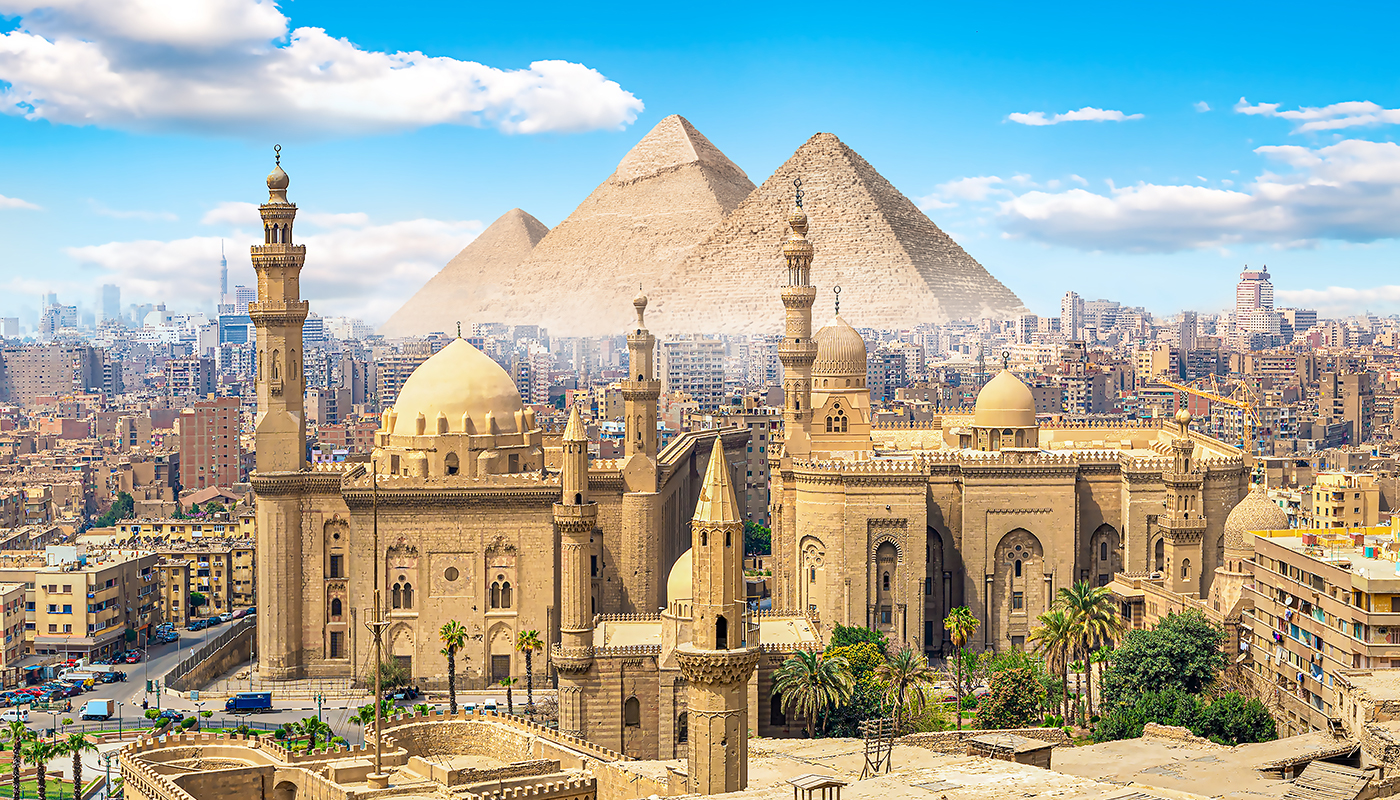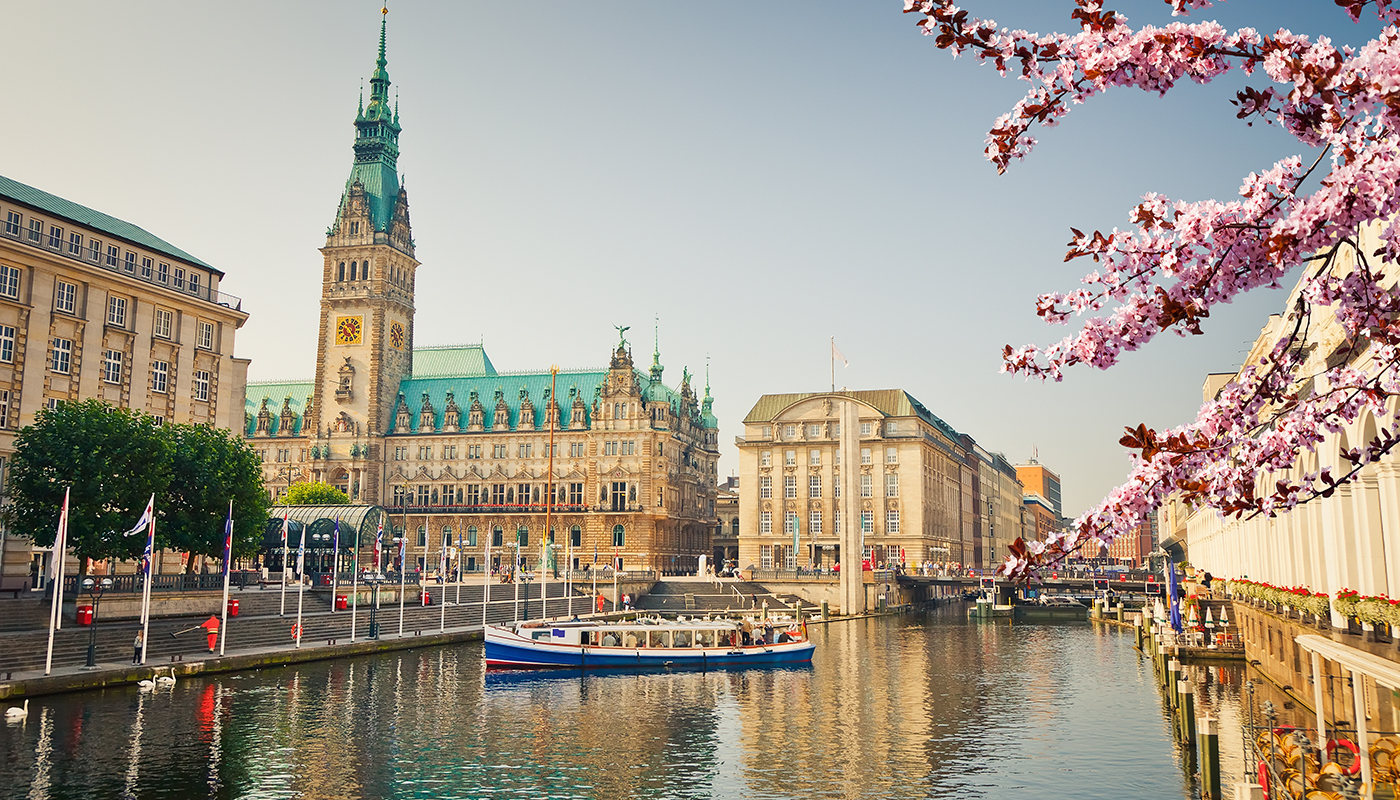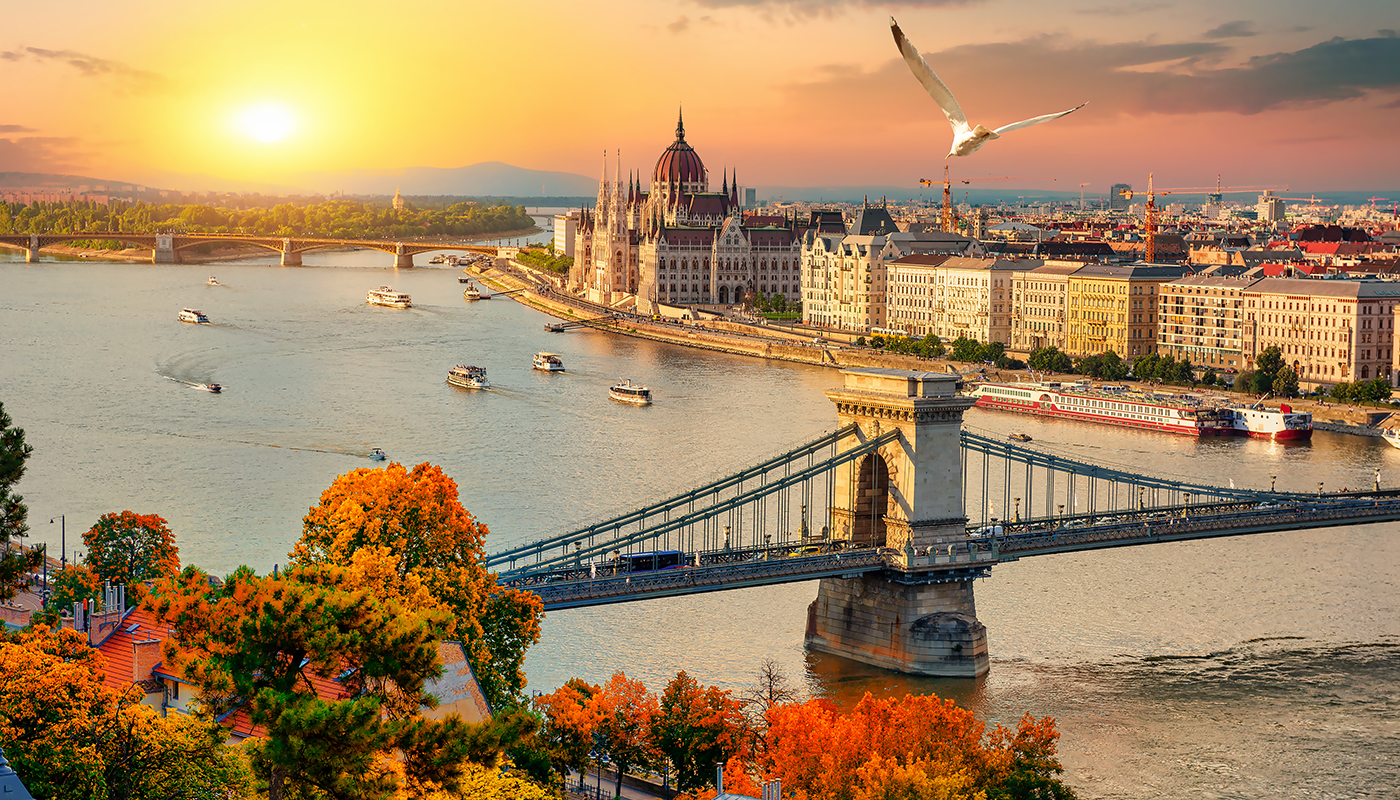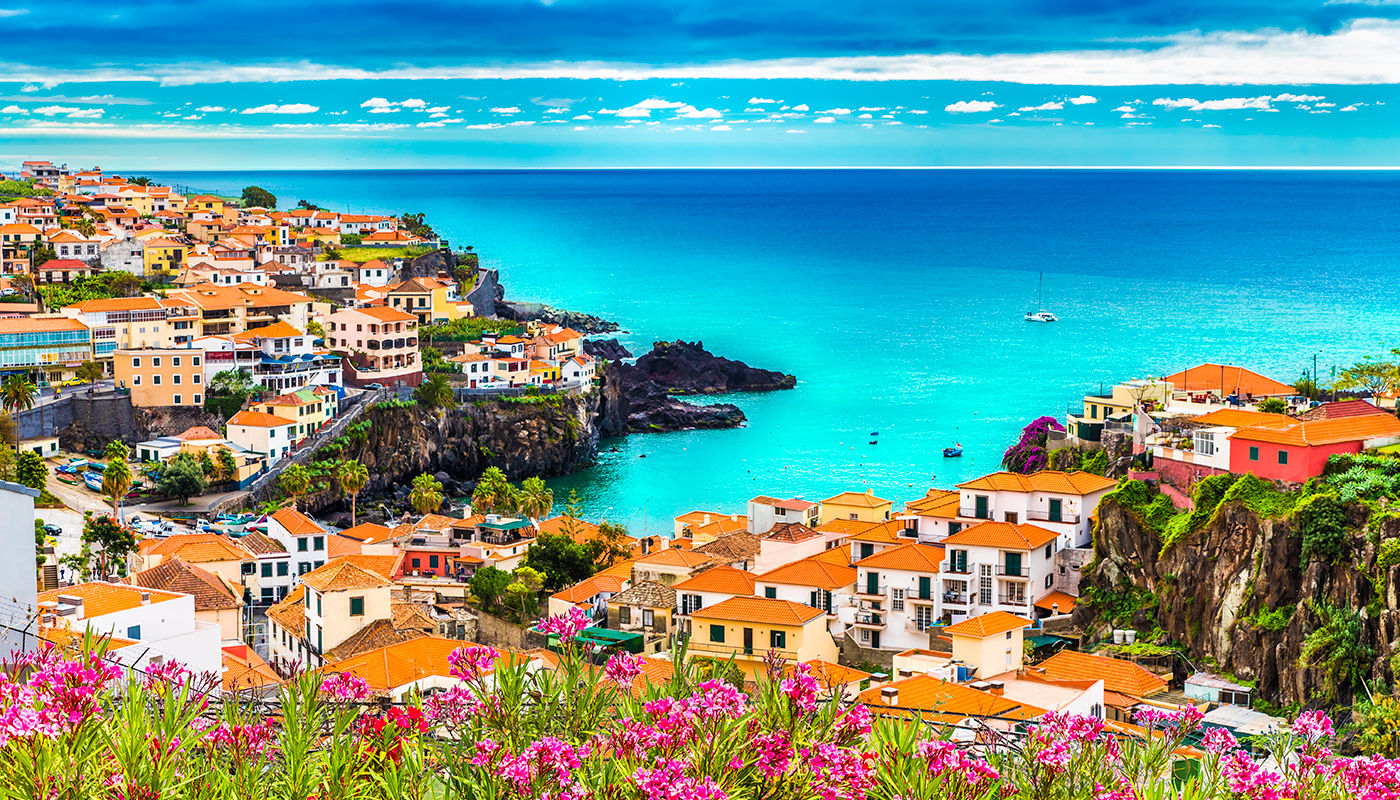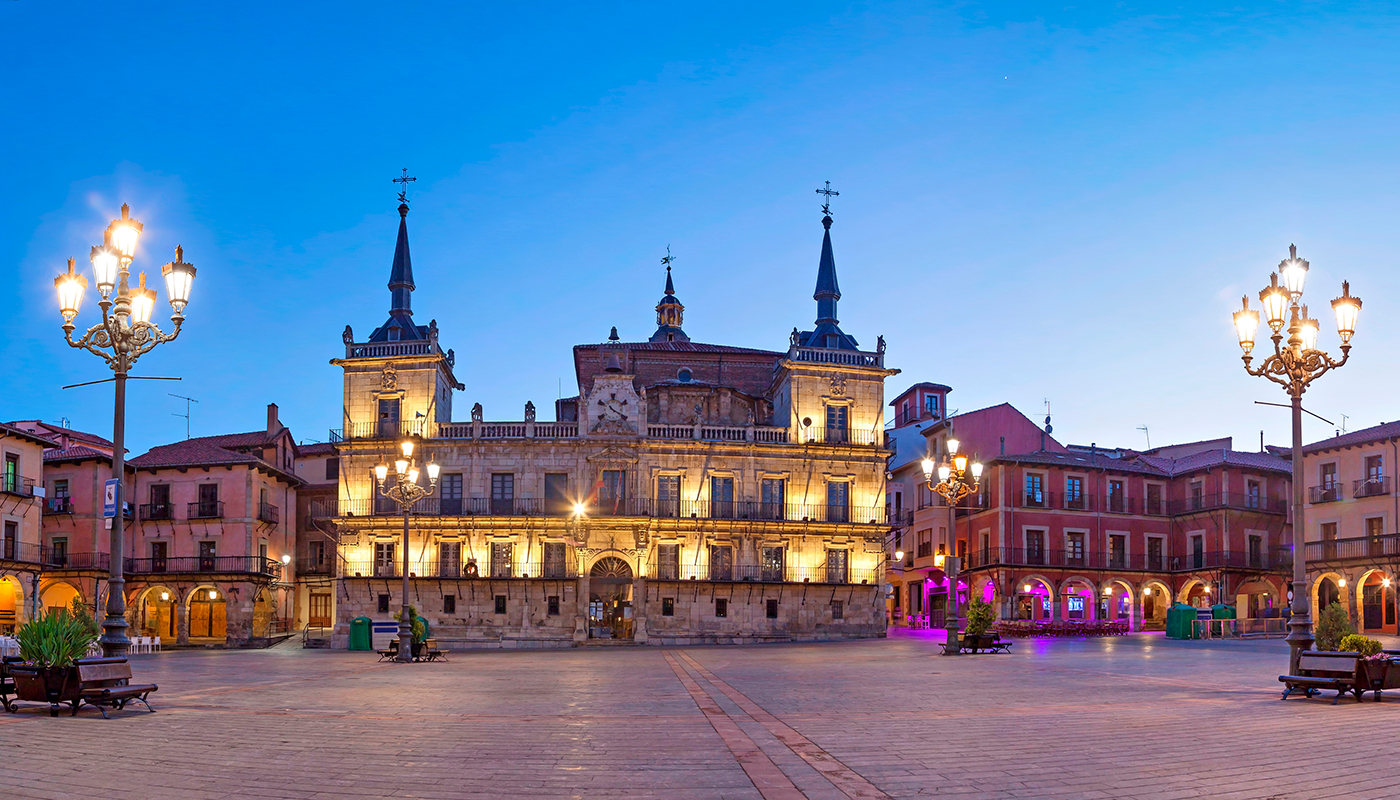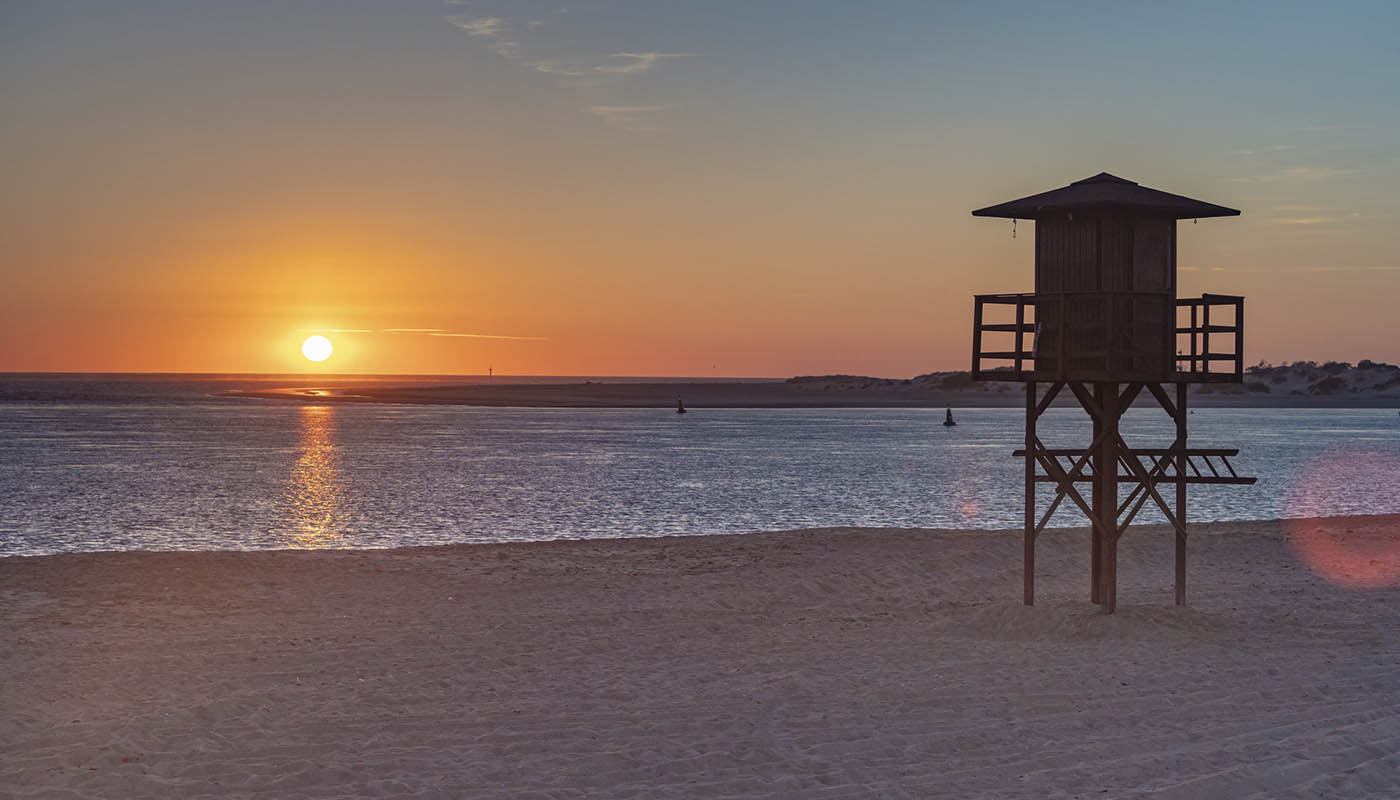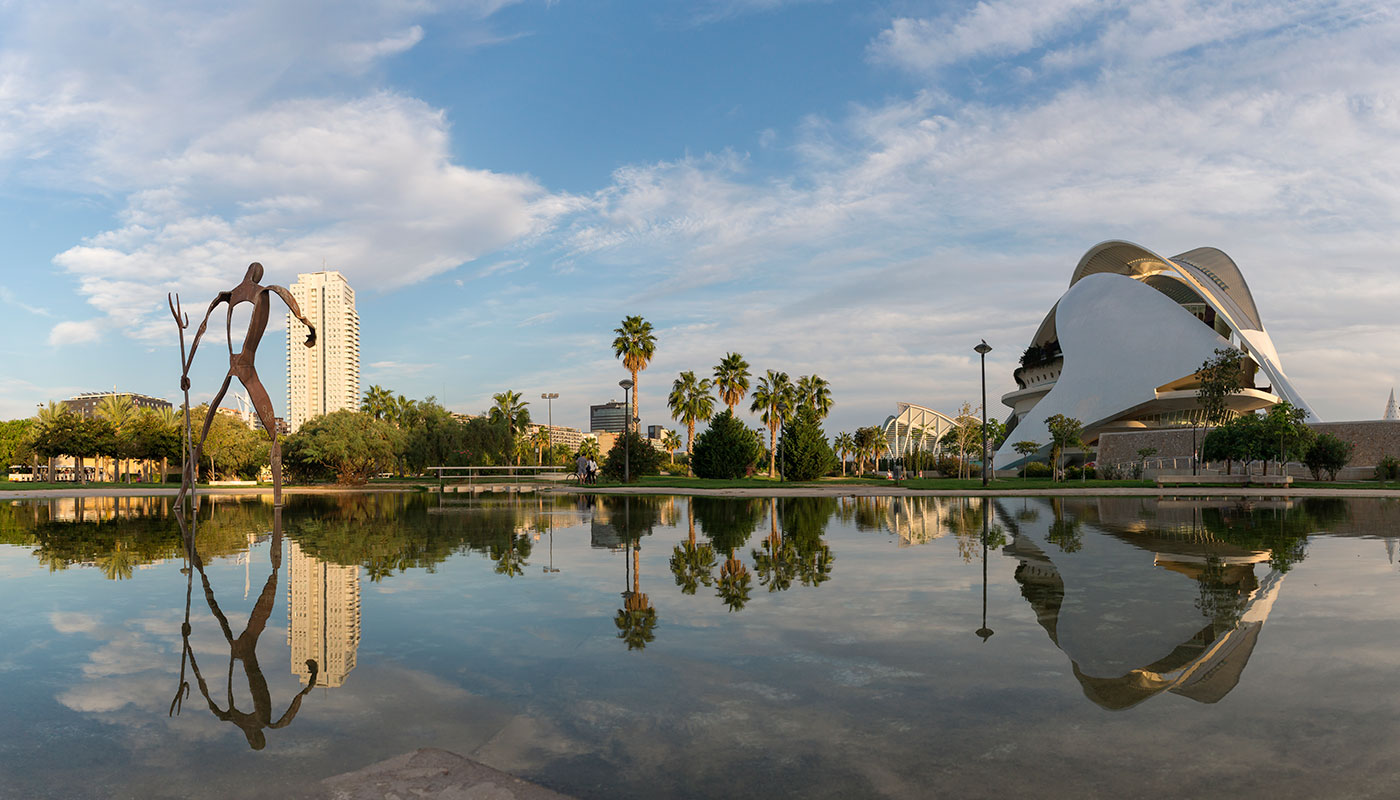The history of the Dominican Republic is closely bound up with the story of the Discovery of America. From the arrival of Cristóbal Colón [Christopher Columbus] on the island of La Española [Hispaniola] in 1492 and for almost a century afterwards, this Caribbean destination was the gateway to the New World. Nowadays, traces of those first conquistadors and colonizers can be found across the length and breadth of the country and naturally, they all feature on the list of not-to-be-missed tourist attractions for visitors — from the Colonial City of Santo Domingo to the archaeological site of La Isabela, the New World’s very first city in the province of Puerto Plata.
So, 500 years after that first encounter between two worlds, the city of Santo Domingo in 1992 opened the doors of a unique monument, the Columbus Lighthouse: a great homage dedicated to that extraordinary maritime voyage, to those two worlds that for ever afterwards were connected, and to the unique man who changed the course of history.
The story of a homage
Towards the end of the nineteenth century, against the background of the commemoration of the fourth centenary of the Discovery, the Dominican historian Antonio del Monte y Tejada put forward for the first time the idea of creating a great monument as a tribute to Christopher Columbus. Over time, other voices joined his until, in 1931, an international competition was held to choose a project that would be worthy of the occasion.
So, from among the 455 proposals submitted from 48 different countries, the jury — which included the great architects of the time, such as the North American Frank Lloyd Wright — decided in favor of the design by the British architect, Joseph L. Gleave. Construction of the great edifice finally began in 1948, but a year later, the political situation within the country forced the work to stop, and the ensuing delay lasted almost four decades.
In 1986 (over 130 years after the idea was first put forward by Antonio del Monte, and with the original architect Gleave long dead), the mammoth project was taken up once again by the Dominican president Joaquín Balaguer. The architect Teófilo Carbonell, also a Dominican, was appointed to ensure the construction of the great monument, which was completed just in time to commemorate the 500th anniversary of Columbus’s arrival on the island. The Columbus lighthouse was inaugurated on October 6 1992, and has since then become one of Santo Domingo’s most popular tourist attractions.
The architecture of a symbol
Sited on a huge esplanade in the east of Santo Domingo, the Columbus Lighthouse is a monument of epic proportions, the colossal symbol of an age. This great building (in the shape of a Latin cross laid flat) is almost 240 meters long — more than the length of two soccer pitches — on its East-West axis, and its arms, set in a North-South orientation, total around 60 meters from end to end.

At its highest point (the intersection of its two rectangular blocks), this reinforced concrete-and-marble hulk is over 30 meters tall. Viewed close up, its stepped walls are reminiscent of a Mayan pyramid, as well as of other great pre-Columbian structures.
Aside from its vast dimensions, the Columbus Lighthouse is exactly that — a lighthouse, but a very strange one. With over 150 lamps fitted along the upper part of the monument, plus another powerful light in its center, the Lighthouse is capable of projecting a huge luminous cross into the night sky, which can be seen tens of kilometers away.
What to see at the Columbus Lighthouse
Inside, the Columbus Lighthouse is both a museum and a mausoleum. Divided into different sections and rooms arranged along each side of its long central aisle, the monument contains exhibitions showing the cultural identities of over 40 countries, including all those of the continent of America as well as some from Europe, Asia and Africa. The heart of the Lighthouse is, of course, the mausoleum which is said to be the resting place for the mortal remains of the Admiral himself.
The Mausoleum
The work of two Catalans, the sculptor Pere Carbonell and the architect Ferrán Romeu, Christopher Columbus’ tomb was created towards the end of the nineteenth century to house the remains of the Discoverer in the central nave of the Cathedral of Santo Domingo. A century later, following the completion of the Lighthouse, the mausoleum was transferred, piece by piece, to its new location within the great monument.

This unique sculptural work is in a Gothic design, is 9 meters tall, and rests on a rectangular base measuring 7 x 8 meters. It was constructed using 280 pieces of bronze and Carrara marble, including its columns, arches and buttresses, the many bas-relief carvings that tell Columbus’ story, the four bronze lions flanking the structures, and the female figure representing the Dominican Republic which crowns the work. In the center is a painstakingly decorated bronze urn containing the remains of the Discoverer.
The Museum
Apart from the Columbus mausoleum, the Columbus Lighthouse is a great museum that shows the rich cultural identity of those places that, since the fifteenth century, have been linked with the story of the Discovery of America. Remodelled late in 2018, the museum’s rooms — almost 50 of them, all connected by the central aisle of the enormous cross — represent over 40 countries of all corners of the world in displays of all manner of treasures, from pre-Columbian ceramics to a replica of a Taino canoe and replicas of Columbus’ ships, along with many other items of historic and cultural value.
The Library, Map Library, and other sections of the Columbus Lighthouse
Inside the Lighthouse, as well as the mausoleum and the museum, you can also find other sections relating to the story of Christopher Columbus, to the Discovery of America and to the Americas. There is, for example, a fascinating library with various documents on the history of the conquest and the colonization; a cartography library with facsimile copies of the earliest maps of the Americas and drawings of various places related to Columbus’ adventures; the Center for Columbian Studies; an archaeological museum; the Ceramic Art and Iconography Museum; four rooms for temporary exhibitions and two lecture halls.
Other monuments in Santo Domingo
The capital of the Dominican Republic is home to numerous historic monuments; it is a place that clearly bears the marks of history and where there is much of interest to see. So on your next visit to the city, make sure you don’t miss special places such as the Catedral Primada de América, the Alcázar de Colón, the Ozama Fortress and the Museo de las Casas Reales: just a few of the other important monuments in the Colonial City which have been designated World Heritage Sites by UNESCO.
And if you’d like to learn more about the lives and deeds of prominent figures in the history of the Dominican Republic, then in addition to the Columbus Lighthouse you should be sure to visit places such as the Panteón Nacional, also known as the Panteón de la Patria. Located in Las Damas, a famous street in the heart of the Colonial City, this seventeenth-century former Jesuit church (which was converted into the national mausoleum in 1956) is the resting place of the some of the country’s most prestigious heroes. You could also visit the Altar de la Patria in Parque Independencia, a great mausoleum in white marble, in which lie the remains of Juan Pablo Duarte, Matías Ramón Mella and Francisco del Rosario Sánchez, the Founding Fathers of the Dominican Republic.








